Gardening year-round (Temecula)
kmfdm
10 years ago
Featured Answer
Sort by:Oldest
Comments (16)
hoovb zone 9 sunset 23
10 years agoRelated Professionals
Manorville Landscape Architects & Landscape Designers · Norton Shores Landscape Architects & Landscape Designers · Wheeling Landscape Architects & Landscape Designers · Clermont Landscape Contractors · Downey Landscape Contractors · Kerman Landscape Contractors · Morrisville Landscape Contractors · Ponte Vedra Beach Landscape Contractors · Ridgewood Landscape Contractors · Santa Ana Landscape Contractors · Clearfield Landscape Contractors · Glendale Heights Window Contractors · Mamaroneck Window Contractors · Sudbury Window Contractors · Hialeah Gardens Window ContractorsAmazing Hedges Nursery / Brow Tree And Garden
10 years agopaleogardener
10 years agokmfdm
10 years agopaleogardener
10 years agokmfdm
10 years agopaleogardener
10 years agokmfdm
10 years agopaleogardener
10 years agocsross
10 years agopaleogardener
10 years agocsross
10 years agopaleogardener
10 years agoSuzi AKA DesertDance So CA Zone 9b
10 years agorustico_2009
10 years ago
Related Stories

GARDENING GUIDESGreat Design Plant: Snowberry Pleases Year-Round
Bright spring foliage, pretty summer flowers, white berries in winter ... Symphoricarpos albus is a sight to behold in every season
Full Story
GARDENING GUIDES8 Native Shrubs for Year-Round Bird Feeding
It’s not just about berries. These plants provide insects for birds and seasonal interest for gardeners
Full Story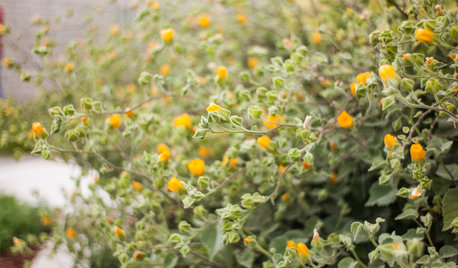
FLOWERS AND PLANTSAbutilon Palmeri Dazzles the Southwest With Nearly Year-Round Blooms
Plant Palmer’s Indian mallow for velvety foliage, long-lasting orange flowers and an abundance of wildlife benefits
Full Story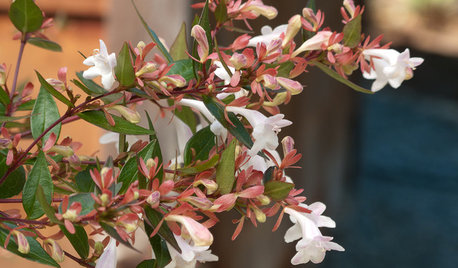
GARDENING GUIDESGreat Design Plant: Glossy Abelia for Year-Round Beauty
Fragrant flowers, burgundy foliage and hummingbird allure. Deer shun this shrub, but it's a 5-star performer you'll love
Full Story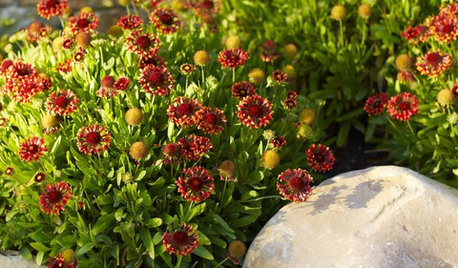
GARDENING FOR BUTTERFLIESGreat Design Plant: Blanket Flower Brings Year-Round Cheer
It's irresistible to wildlife, but this wildflower's drought tolerance, copious blooms and versatility draw human fans too
Full Story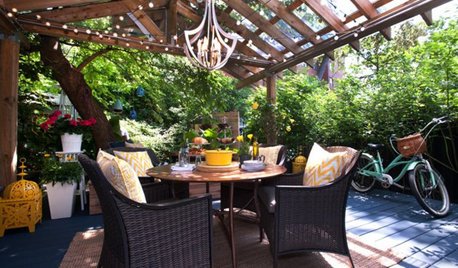
PATIO OF THE WEEKYear-Round Gazebo Glory in Toronto
Lilacs in spring, snuggly blankets in winter. With weatherproof panels and seats aplenty, this gazebo is guest ready all year long
Full Story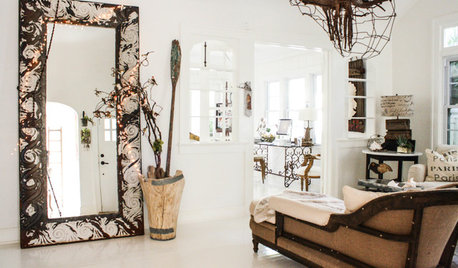
DECORATING GUIDESTwinkle Lights Keep the Holiday Spirit Year-Round
Hate to take down your outdoor lights after the holidays? Here are 12 great ways to use these festive sparklers inside your home
Full Story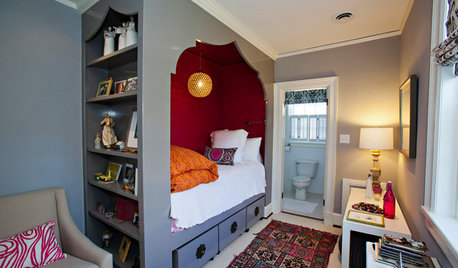
COLOR10 Great Places for Rich Fall Colors Year-Round
Use nature’s burgundies, golds and oranges in these select spots for a comforting feel no matter what the season
Full Story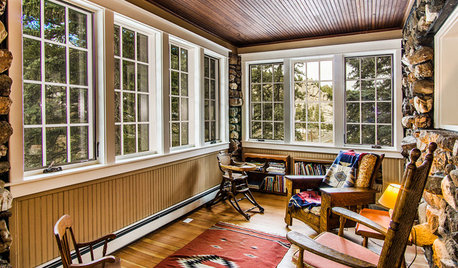
PORCHESRoom of the Day: A Colorado Porch for Year-Round Enjoyment
New windows, insulation and other upgrades turn this sun porch on a 1914 stone house into a 4-season room
Full Story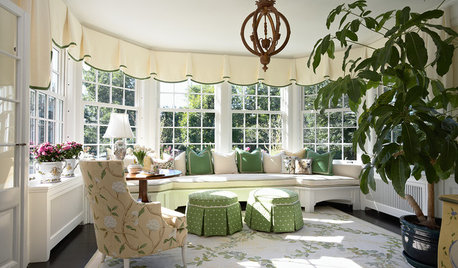
Warm Up a Sunroom Year-Round
Turn your sunroom into a space you can enjoy through all four seasons
Full StorySponsored
Your Custom Bath Designers & Remodelers in Columbus I 10X Best Houzz
More Discussions






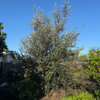
paleogardener